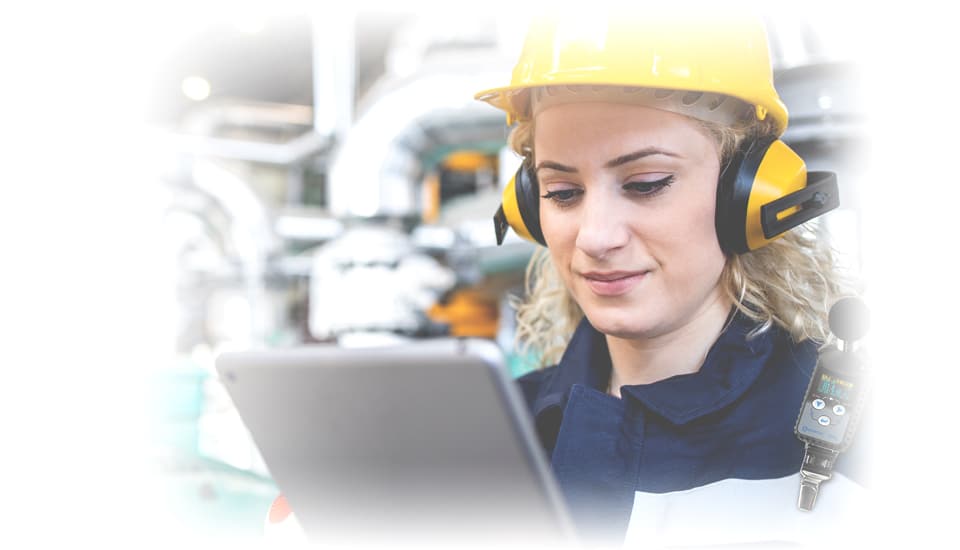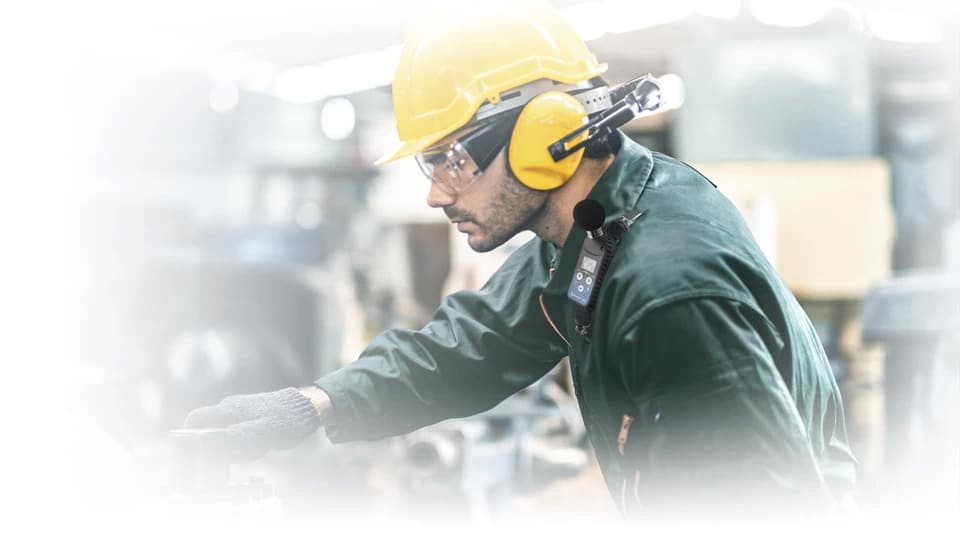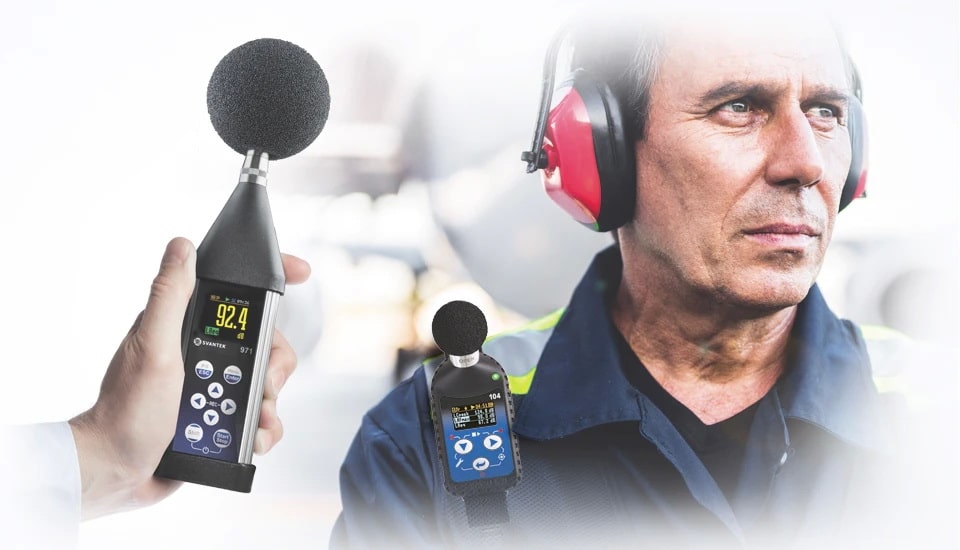The most effective method to control workplace noise is through engineering and administrative controls that eliminate or minimize the noise at its source. This involves modifying work processes, using quieter machinery, and redesigning workspace layouts to isolate employees from noise hazards. Personal protective equipment like earplugs or earmuffs should be considered a last resort, as they protect only the individual wearing them and may not offer complete noise attenuation.
Moreover, employers should adopt a ‘buy quiet’ policy, opting for machinery designed with noise reduction features. Regular maintenance of equipment can also prevent noise levels from escalating. It’s crucial to involve employees in the noise control process, providing them with training and information to understand the risks and the measures in place to mitigate them.
Under the Control of Noise at Work Regulations 2005, UK employers are legally obligated to assess and mitigate risks associated with noise exposure in the workplace. This entails conducting risk assessments, implementing noise control measures, and providing employees with appropriate hearing protection and training. Employers must also comply with equipment supply laws, ensuring that any machinery or noise-control equipment used is up to regulatory standards. Non-compliance can lead to legal consequences, including fines and prosecution.
In addition, employers are required to maintain noise-control equipment effectively and keep records of noise level monitoring. They must also offer health surveillance programs for employees at risk of hearing damage due to noise exposure. These legal obligations aim to create a comprehensive approach to noise management, safeguarding both employee health and organizational compliance.






